Want to get fit but don’t know where to start? This basic workout plan for women is designed to make your fitness journey simple and effective. You’ll learn how to set achievable goals, create a balanced weekly workout schedule, and incorporate strength, cardio, and rest days. This tailored plan addresses women’s specific fitness needs, ensuring you get the most out of your workouts.
Key Takeaways
-
Set clear fitness goals and create a structured workout plan to ensure consistency and continuous progress in your fitness journey.
-
Incorporate a balanced weekly schedule of strength training, cardio, and rest days to engage all major muscle groups and support recovery.
-
Track your progress and celebrate small achievements to stay motivated; remember, fitness is a marathon, not a sprint.
Starting Your Fitness Journey

Starting a fitness journey marks the beginning of a healthier and more active lifestyle. Setting clear and realistic fitness goals is crucial; they act as your roadmap, keeping you focused and motivated over the long term. Whether you aim to lose weight, build muscle, or simply feel more energetic, having a defined target ensures you stay on track with fat loss.
Additionally, a structured workout plan keeps you organized and ensures consistency, which is vital for progress. If you’re unsure where to start, working with a NASM-certified personal trainer can provide guidance tailored to your fitness level and goals, making your workout plan more effective.
Before beginning any exercise routine, consult your doctor, especially if you have pre-existing health conditions. Gradually increasing your activity can prevent burnout and injuries, ensuring a positive, sustainable start exercising. The aim is to make fitness a part of your lifestyle, not just a short-term endeavor.
Weekly Workout Schedule for Beginners

A weekly schedule is fundamental for any beginner workouts. A balanced plan might include a full-body strength workout on Monday, cardio on Tuesday, strength training days on Wednesday, upper-body strength on Thursday, rest on Friday, lower body strength on Saturday, and another rest day on Sunday. This structure ensures you work all major muscle groups while giving your body beginner workout ample time to recover.
Incorporating at least 150 minutes of moderate-intensity aerobic exercise each week benefits heart health. Cardio workouts like brisk walking, jogging, or a bike ride support this goal, aiding in weight loss and overall fitness. Avoid scheduling strength training on consecutive days to allow your muscles time to recover and grow stronger.
Your workout plan should fit your individual schedule and needs. Feel free to adjust the days and workout type of workouts to what works best for you. Consistency is key; making exercise a regular part of your routine helps you stay motivated and see continuous progress, leading to the perfect workout.
Strength Training Basics
Strength training is a cornerstone of any effective workout routine, using resistance to enhance muscle strength and mass, leading to improved functional performance and overall physical health. Building strength should start with weights they can handle comfortably, preventing injuries and allowing focus on correct form. Incorporating strength training workouts can further enhance results.
Many women worry about bulking up from weight training, but due to lower weight testosterone levels, they typically do not gain significant muscle mass. Instead, strength training builds lean muscle, improving appearance and boosting metabolism. For beginners, incorporating compound exercises that work multiple muscle groups simultaneously is particularly beneficial.
Include rest periods between sets to allow your muscles to recover and perform optimally during subsequent sets. This balance of effort and rest is vital for muscle growth and overall progress. As you become more comfortable with your routine, gradually increase the weights and complexity of your exercises to continue challenging your muscles and achieving your fitness goals.
Beginner Upper Body Workouts
Upper body workouts are crucial for building a balanced physique and overall body strength. Effective exercises include the strict press, which involves pressing dumbbells directly overhead from the shoulders and shoulder blades, targeting the shoulders and upper arms. Another great exercise is the lateral raise, where you lift dumbbells to shoulder height with a slight bend in the elbows. Additionally, the seated shoulder press is an excellent way to enhance upper body strength.
Proper form maximizes muscle engagement and prevents injuries. Start with manageable weights, typically between 5 and 10 pounds, to ensure you maintain good form while lifting weights. Gradually increasing the weight over time follows the principle of progressive overload, essential for muscle growth.
Including a variety of exercises, such as the lying dumbbell chest fly and hammer curls, helps target different muscle groups in the upper body. Focusing on controlled movements and progressively increasing the challenge will build upper body strength and enhance your overall fitness at chest level.
Lower Body Exercises for Beginners
Lower body exercises are equally important in a balanced fitness routine. One of the best exercises for beginners is the goblet squat, which mimics natural movements, making it easier and safer to perform while targeting the core, legs, and glutes. Start by holding a light dumbbell and keeping your torso upright in the squat position to prevent forward tilting.
Another effective lower body exercise is the walking lunge. Stand with a dumbbell in each hand, take a large step forward, and drop down to bending knees bent at a 90-degree angle. Walking lunges primarily engage the quads, hamstrings, and glutes, helping to slowly lower strength and stability in the lower body.
For variety, the leg press is an excellent option. Start with your back against the seat and feet slightly wider than shoulder-width. Lower your legs extended and then push the weight forward, driving through your heels. When done with proper form and consistency, these exercises can significantly improve lower body strength and overall fitness.
Cardio Workouts for Heart Health

Cardio workouts are vital for maintaining heart health and overall fitness. Activities like brisk walking, hiking, jogging, and HIIT (High-Intensity Interval Training) are excellent options for beginners. These exercises raise your heart rate, improve cardiovascular fitness, and enable effective calorie burning, aiding in weight loss.
Incorporating interval training can enhance your cardio routine’s effectiveness. For instance, structure your workout with 30 seconds of exertion followed by 1 to 2 minutes of walking. This method improves cardiovascular fitness and strengthens the heart. Training harder during workouts increases calorie burn even while resting.
The minimum recommended amount of moderate-intensity cardio for maintaining heart health is 150 minutes per week. Regularly engaging in these activities helps you stay on track with your fitness goals and improve your overall health. Whether you prefer walking, jogging, or jumping rope, find a cardio workout you enjoy and can stick with consistently.
Active Recovery and Rest Days
Active recovery and rest days are essential for muscle repair and overall health. Active recovery involves low-intensity activities like light walking, stretching, or yoga, promoting blood circulation and aiding the removal of waste products from muscles post-exercise. These activities help maintain fitness levels while allowing the body to heal.
Designated rest days are crucial for preventing injuries and maintaining energy for training. On these days, activities like stretching, mobility training, and foam rolling can alleviate muscle stiffness and reduce lactic acid buildup. Aim for around 20 minutes of low-intensity movement on an active rest day.
Rest days improve long-term athletic performance and reduce the risk of injury. They ensure your muscles have enough time to recover and grow stronger, vital for continuous progress. Balancing active recovery and rest days enhances your overall workout routine and helps you achieve your fitness goals more effectively.
Creating a Full Body Strength Routine

A full-body strength routine is a powerful way to build overall strength and improve fitness. Performing a full-body workout 2 to 3 times a week ensures all major muscle groups are engaged. Ideally, a full-body strength workout should include 6 to 8 exercises targeting key muscle groups, such as squats, deadlifts, push-ups, and rows, engaging the entire body.
Incorporating compound movements maximizes efficiency, allowing you to work the same muscle groups simultaneously. Using a mix of free weights and cable machine provides a balanced approach, catering to different fitness levels and goals. Rest for 30 to 60 seconds between sets to maintain performance and prevent fatigue during gym workouts.
Proper form during exercises is crucial for effectiveness and safety. As you progress, gradually increase the weights and complexity of your routine to continue challenging your muscles and achieving your fitness goals. A well-structured full-body strength routine significantly enhances overall strength and fitness.
Warm-Up and Cooldown Essentials
Warming up is an essential part of any workout routine, helping to prevent injuries and prepare your body for exercise. A proper warm-up enhances blood flow and prepares muscles for the workout, reducing the risk of injury. Dynamic stretches, such as leg swings and arm circles, should be done for 5 to 10 minutes before starting your workout.
Cooling down after your workout is equally important. A proper cool-down maintains blood circulation and prevents dizziness from stopping exercise abruptly. Stretching during the cooldown period alleviates muscle stiffness and reduces lactic acid buildup. Holding each stretch for 10 to 30 seconds ensures effective muscle relaxation.
Incorporating warm-ups and cooldowns into your workout routine enhances performance and reduces the risk of injuries. These practices are essential for maintaining overall fitness and ensuring your body recovers well after each workout.
Nutrition Tips for Better Results

Nutrition plays a critical role in achieving fitness goals. One key aspect is protein intake, which should range from 0.6 to 0.9 grams per pound of body weight daily. Protein is crucial for energy maintenance and muscle recovery post-exercise, helping build and repair muscles effectively, especially when you need more calories.
Hydration is equally important. Aim for half your body weight in ounces of fluid daily to maintain energy metabolism and cognitive function. Staying hydrated ensures your body performs at its best during workouts and recovers efficiently afterward.
Micronutrients like iron are crucial, especially for women’s health. Pairing iron with vitamin C enhances absorption and supports overall health. Focusing on these nutritional strategies optimizes workout results and maintains overall health and well-being.
Tracking Progress and Staying Motivated
Tracking your progress is an excellent way to stay motivated and see tangible improvements in your fitness journey. Using methods like journals or fitness apps allows you to monitor your progress, identify areas needing adjustment, and celebrate small achievements. This tangible evidence of improvement can keep your motivation high and help you stay committed to your workout routine.
Celebrating small achievements, such as lifting heavier weights or sticking to a workout schedule, is crucial for maintaining motivation. Working out with a partner or in a group can also enhance motivation through accountability and social support. Staying flexible with your workouts and adjusting your goals as your abilities change is important to prevent boredom and maintain engagement.
By tracking your progress and finding ways to stay motivated, you can achieve your fitness goals more effectively and enjoy the journey. Remember, fitness is a marathon, not a sprint, and staying consistent is the key to long-term success.
Summary
Embarking on a fitness journey can be a transformative experience. Setting clear and realistic fitness goals will give you direction and focus. A structured workout plan tailored to your needs ensures consistency and progress, whether you aim to lose weight, build muscle, or simply improve your overall health.
A balanced weekly workout schedule incorporating strength training, cardio workouts, and rest days is crucial for holistic fitness. Strength training basics, such as starting with manageable weights and focusing on form, lay the foundation for long-term success. Upper and lower body workouts, combined with cardio exercises, create a comprehensive fitness routine that targets all major muscle groups,,.
Proper warm-ups and cooldowns, along with good nutrition, enhance your workout results and recovery,. Tracking your progress and staying motivated through small achievements and social support will keep you on the right path. Remember, consistency is key, and every step you take brings you closer to your fitness goals.
Frequently Asked Questions
How often should beginners work out each week?
Beginners should ideally work out 3-5 times a week, incorporating 2-3 strength training sessions along with cardio, while ensuring to include rest days. This balanced approach will enhance your fitness journey and promote recovery!
What are some good beginner upper body exercises?
For beginners, the strict press, lateral raises, and dumbbell chest fly are excellent upper body exercises that will help you build strength and improve muscle tone. Start incorporating these moves into your routine to feel and see the results!
Why is it important to include rest days in my workout plan?
Including rest days in your workout plan is essential for muscle repair and injury prevention, ensuring you stay energized and perform at your best. By prioritizing rest, you're setting yourself up for long-term fitness success!
How can I stay motivated on my fitness journey?
Staying motivated on your fitness journey is all about tracking your progress, celebrating small wins, and connecting with others through group workouts or a workout partner. Embrace these strategies to keep your energy high and your goals within reach!
What should I eat to support my workout routine?
To support your workout routine, prioritize protein intake (0.6 to 0.9 grams per pound of body weight) and stay hydrated, while also ensuring you get essential micronutrients like iron and vitamin C to boost absorption. Fuel your body right and watch your performance soar!


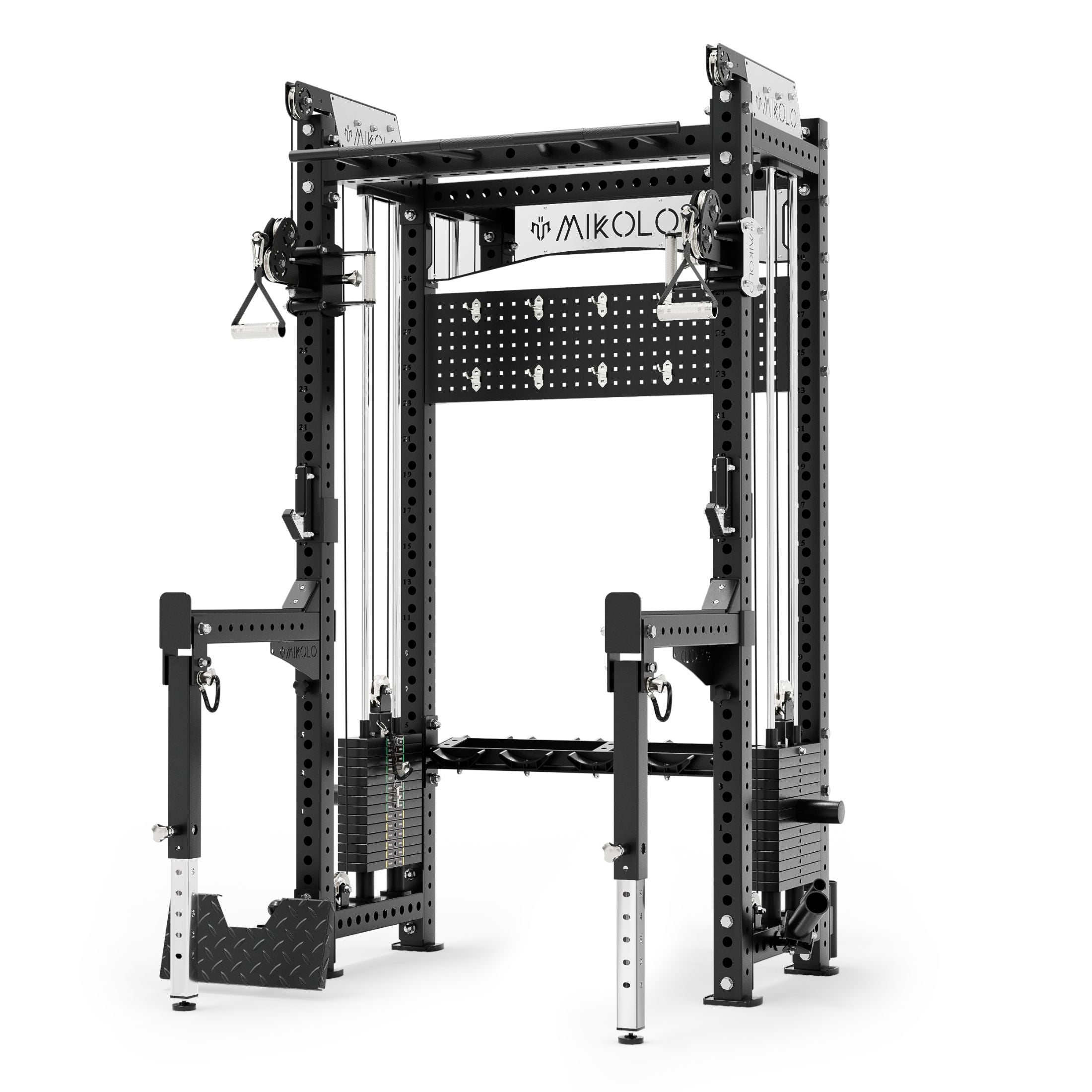




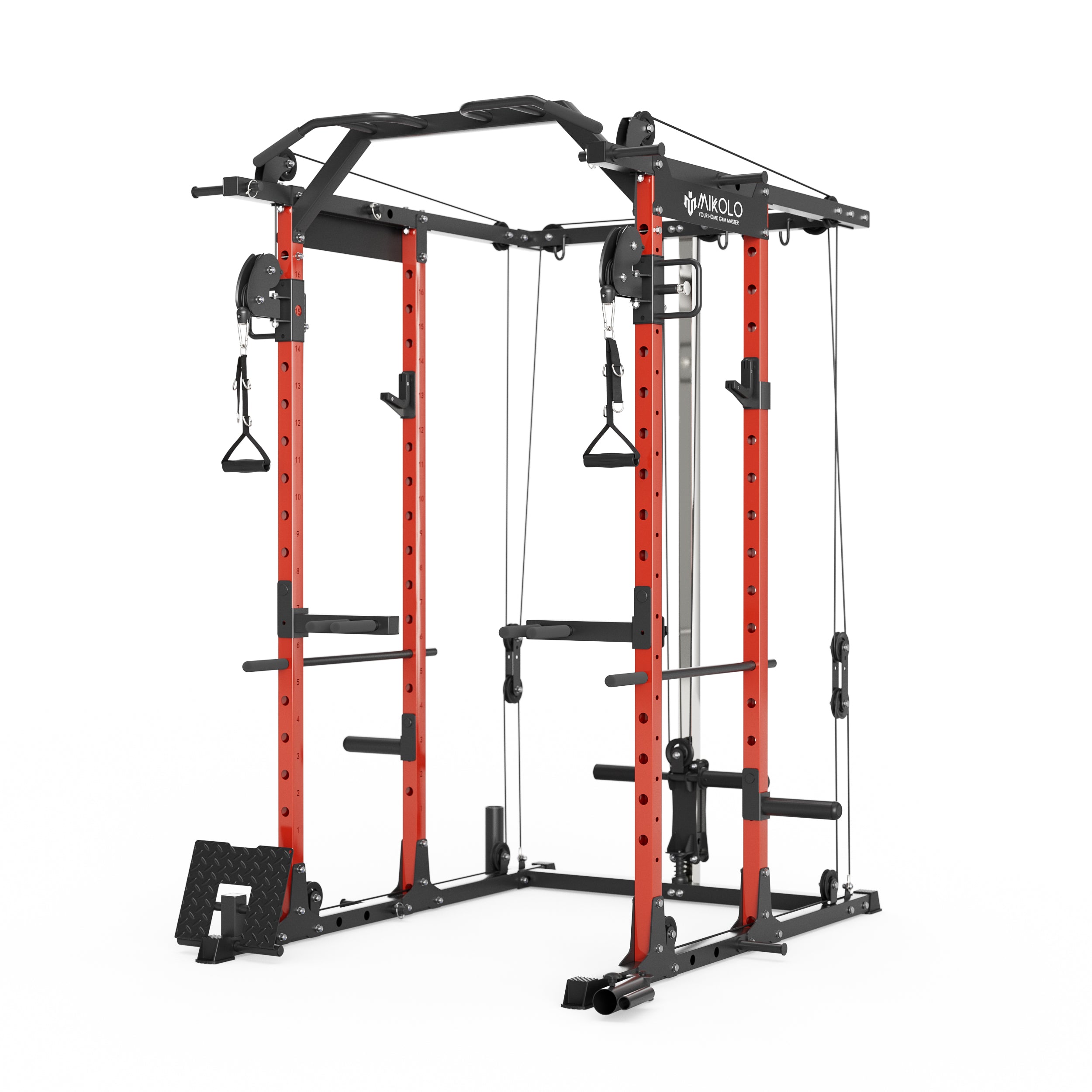
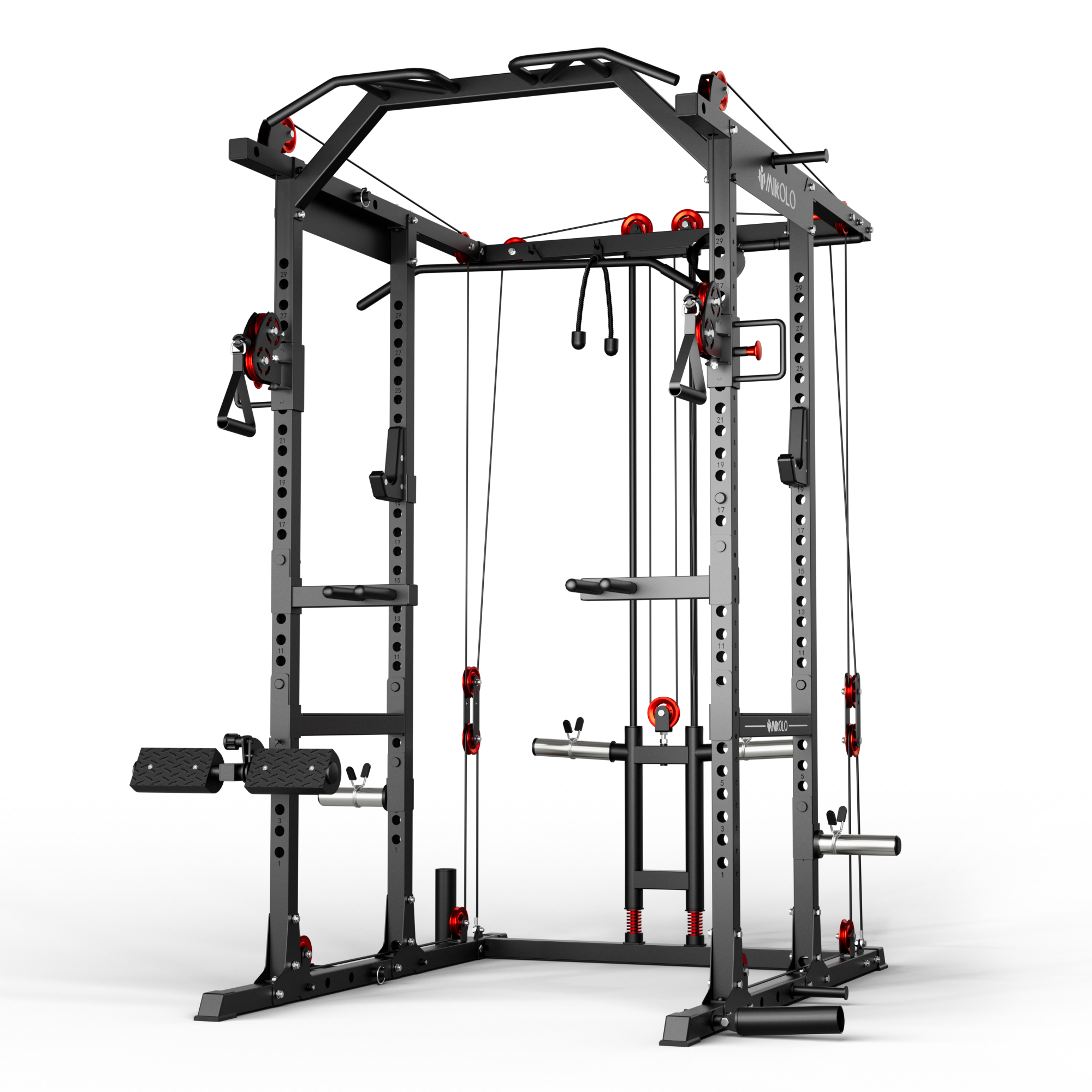

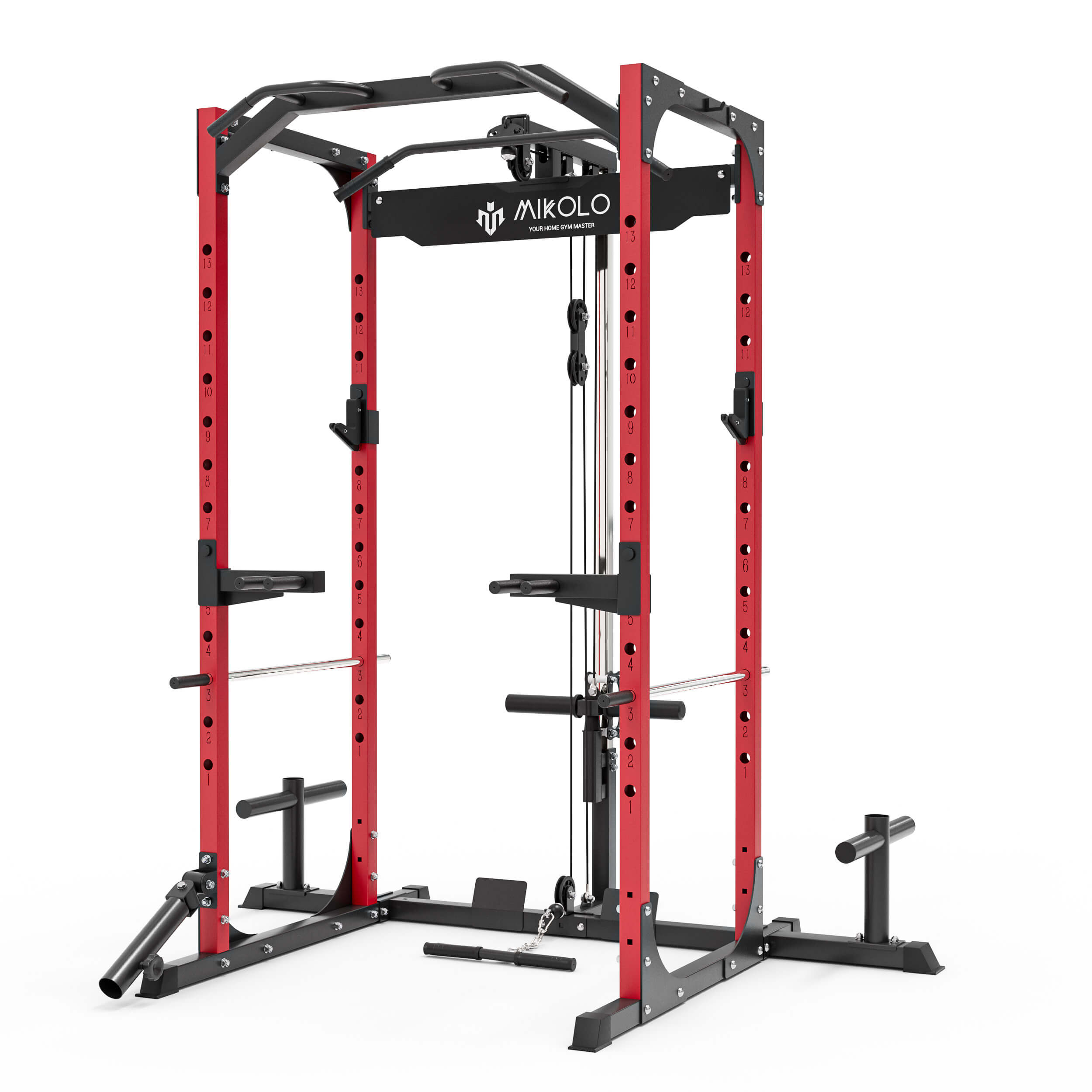



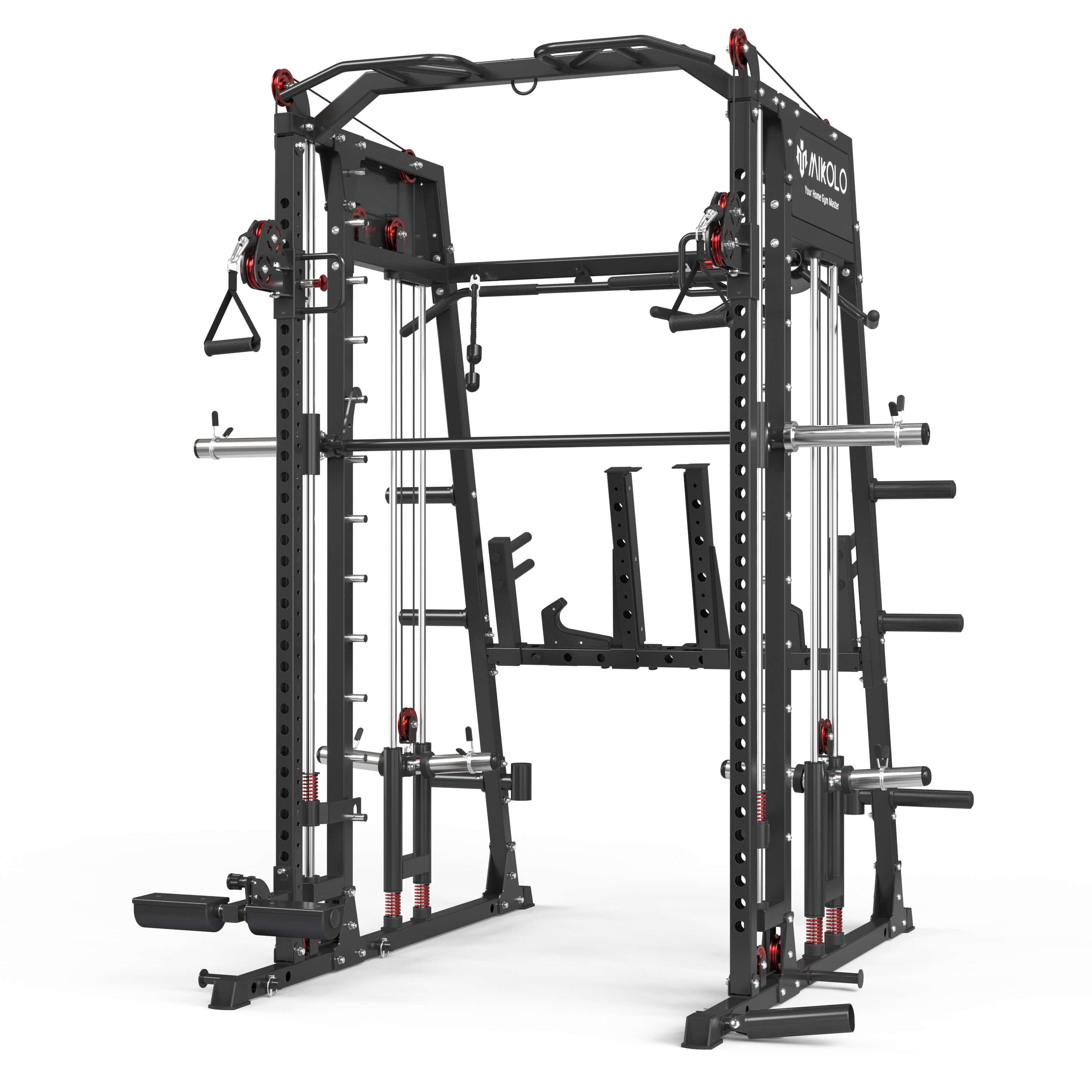

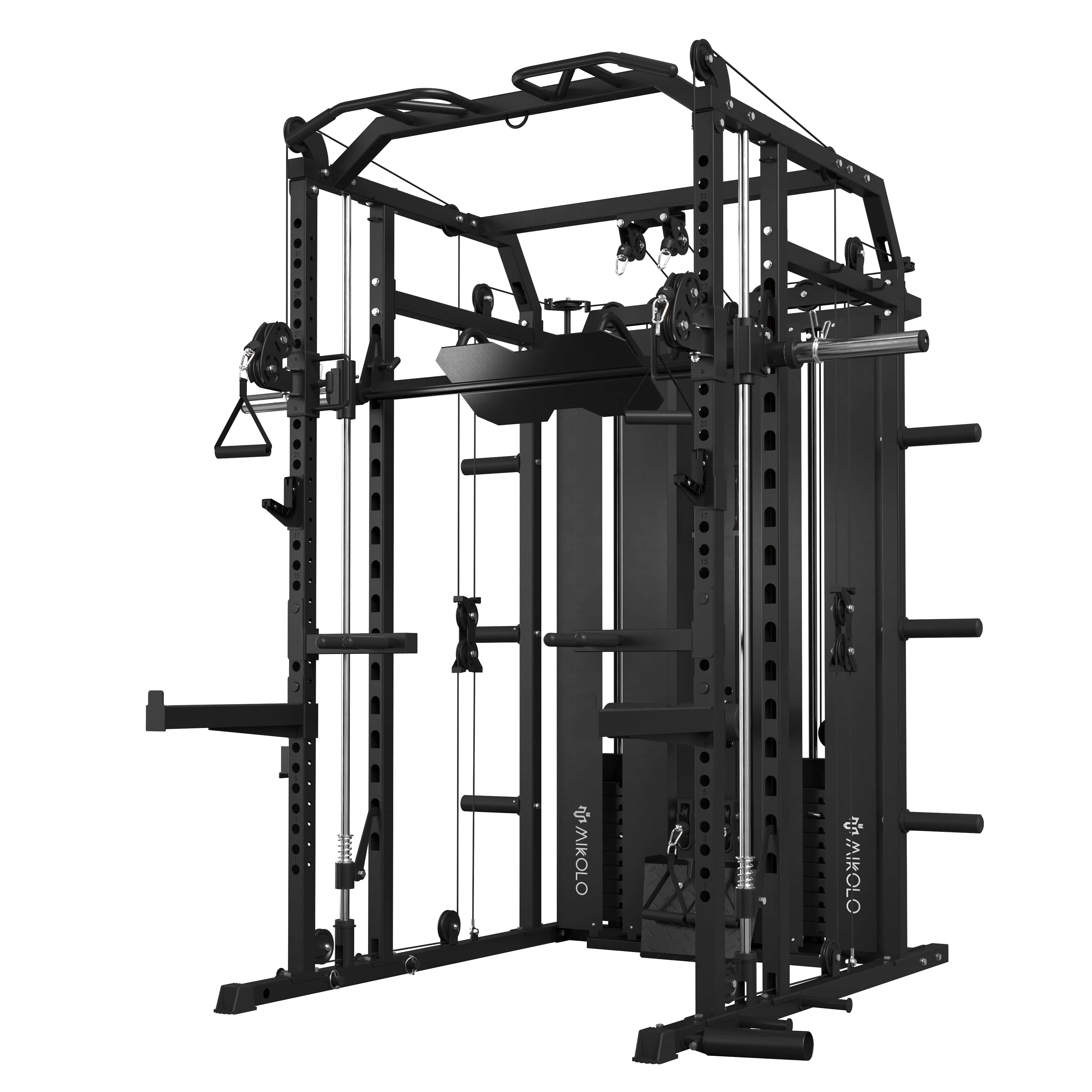
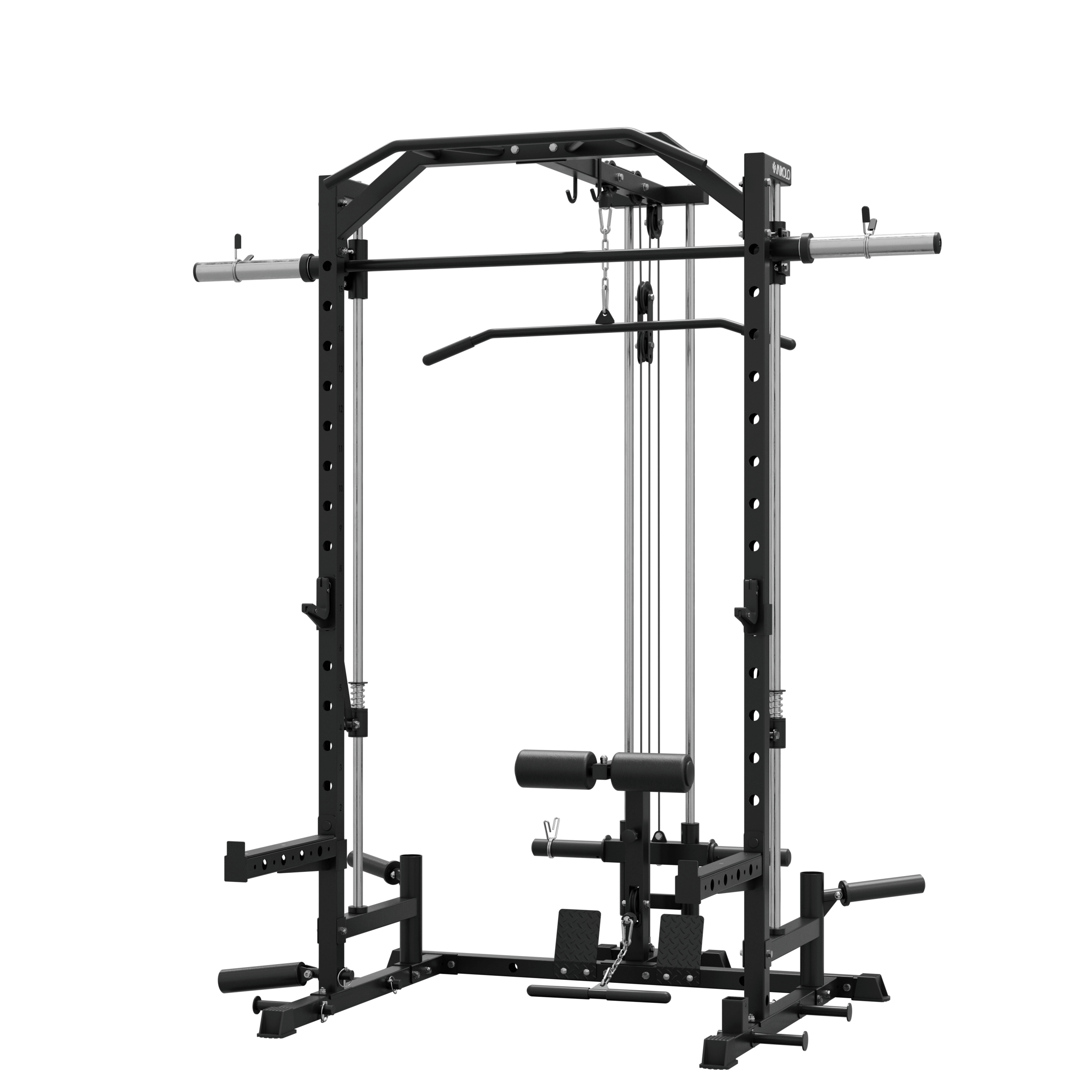
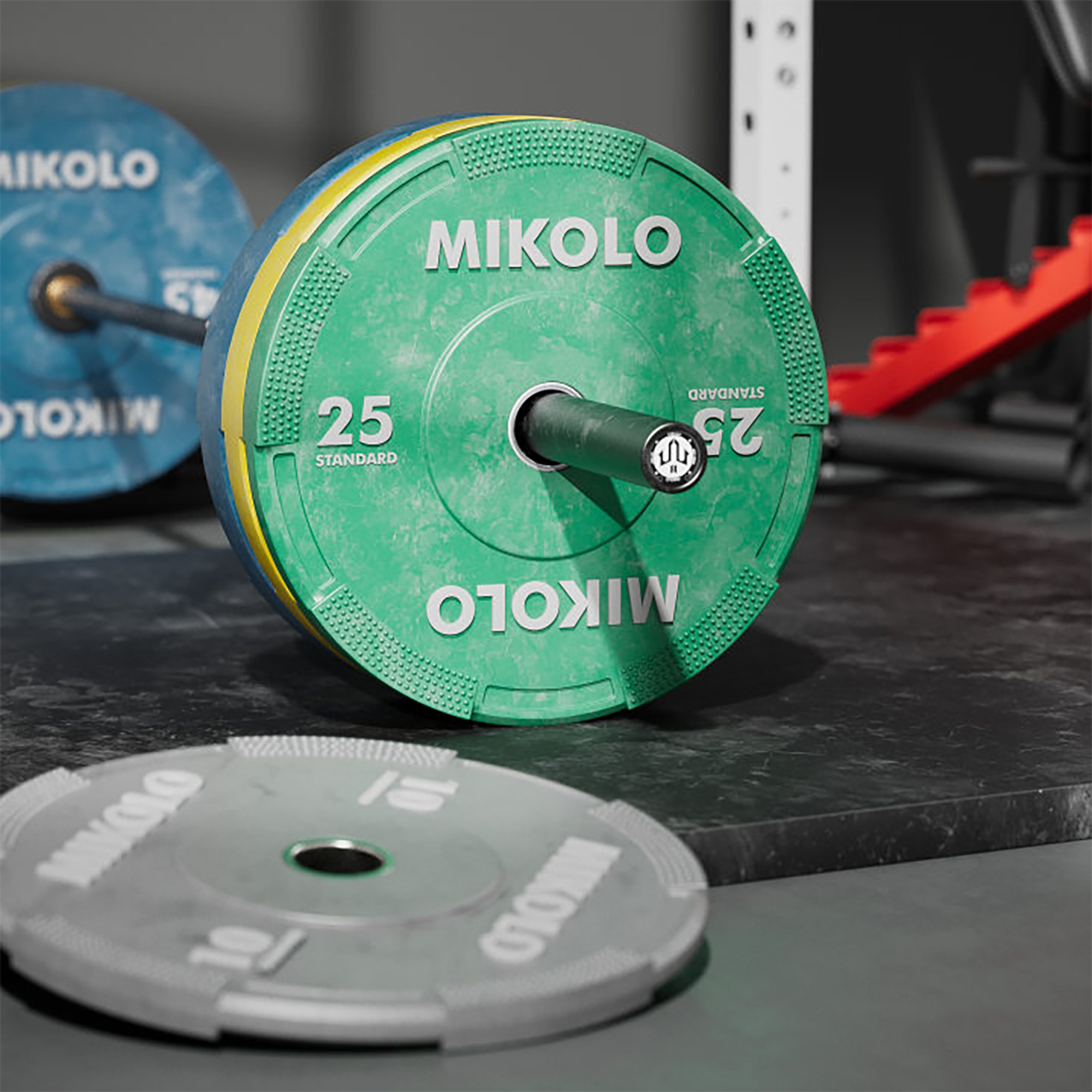







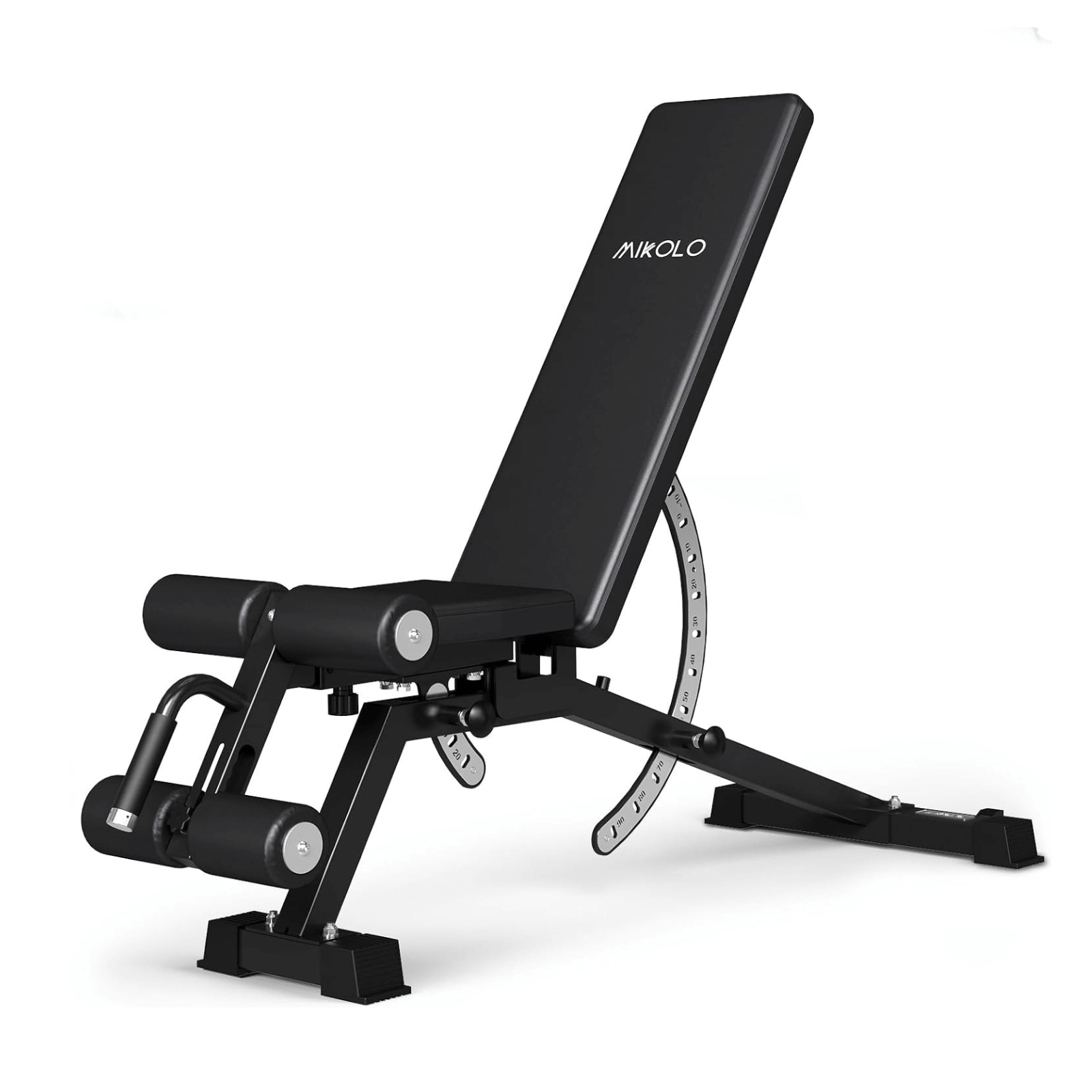




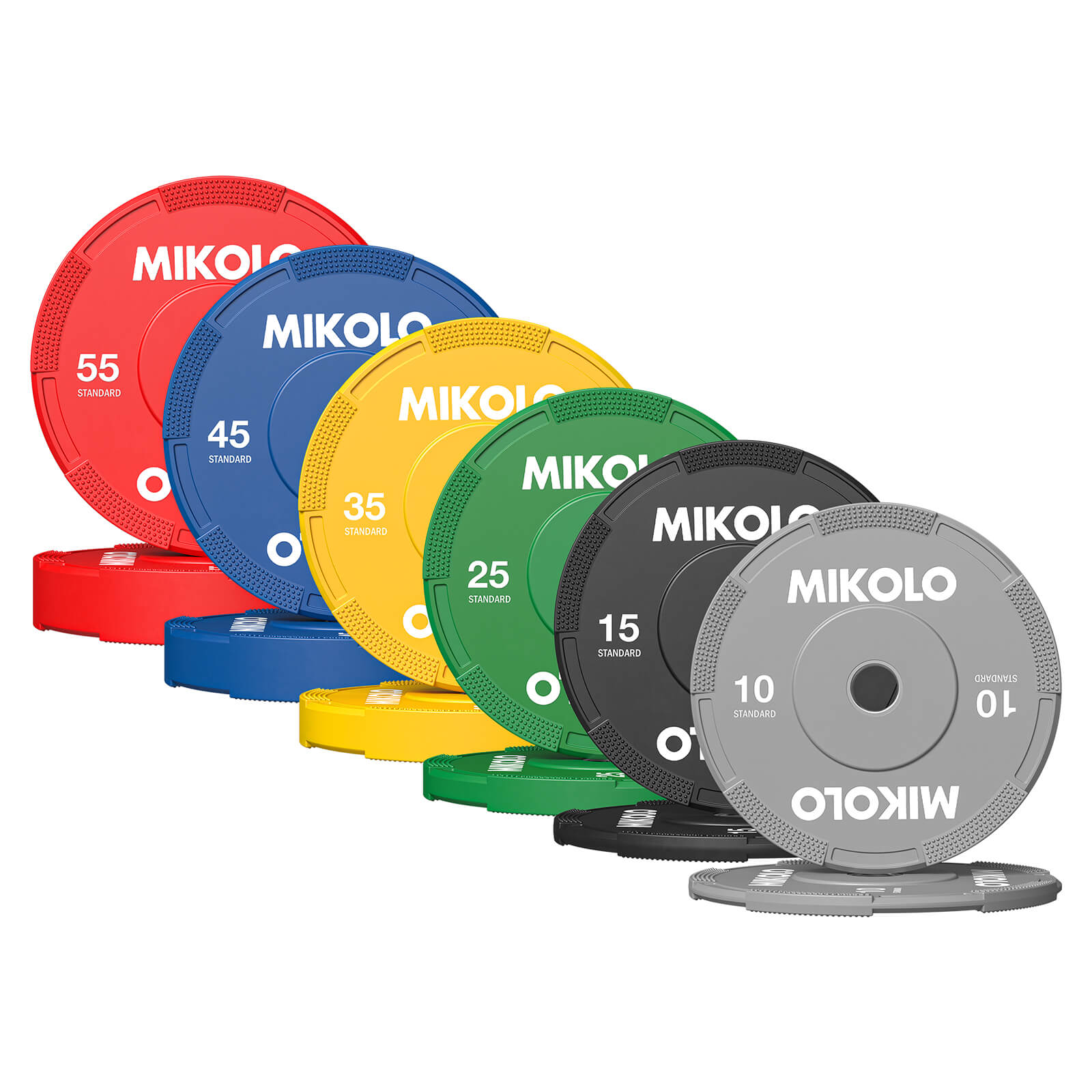
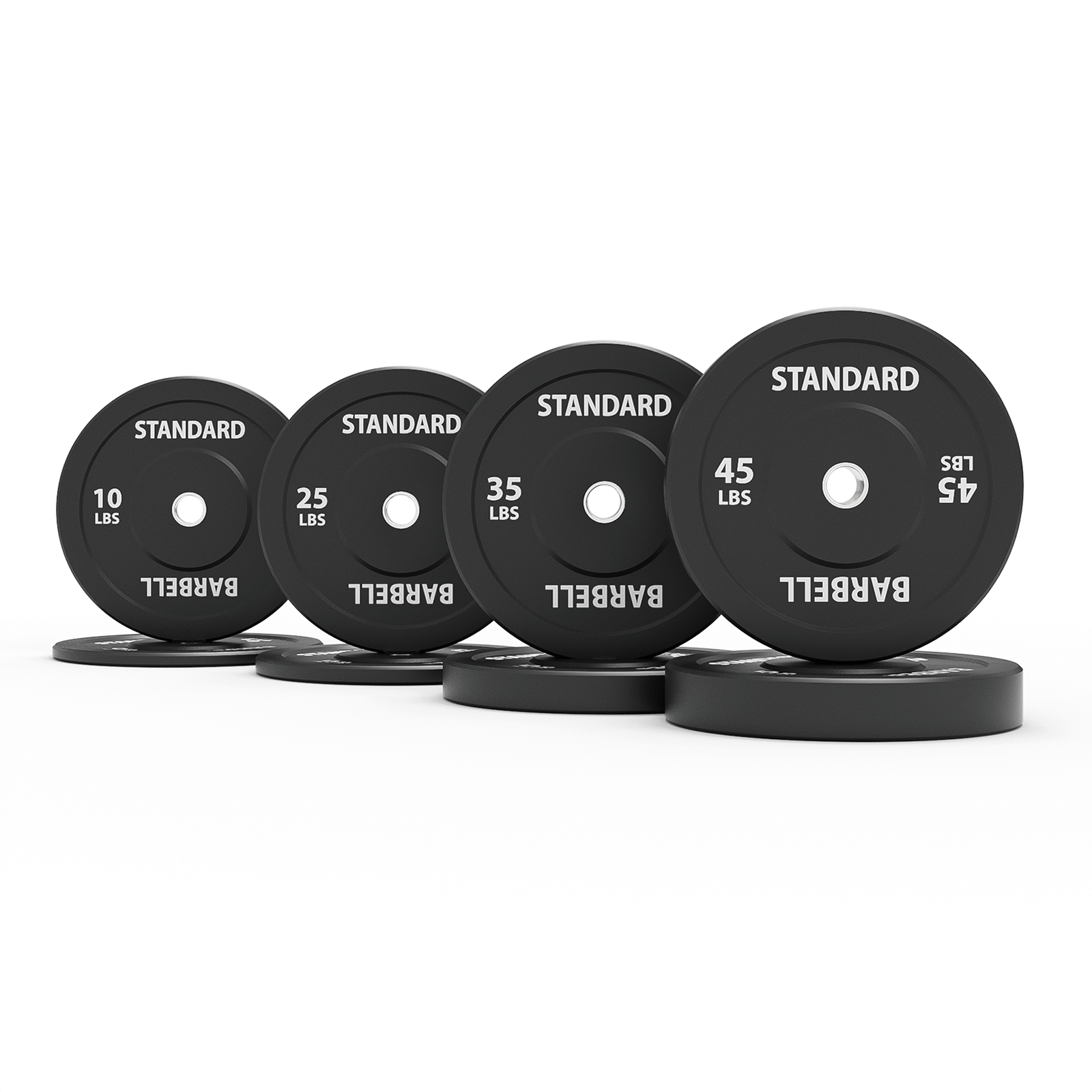
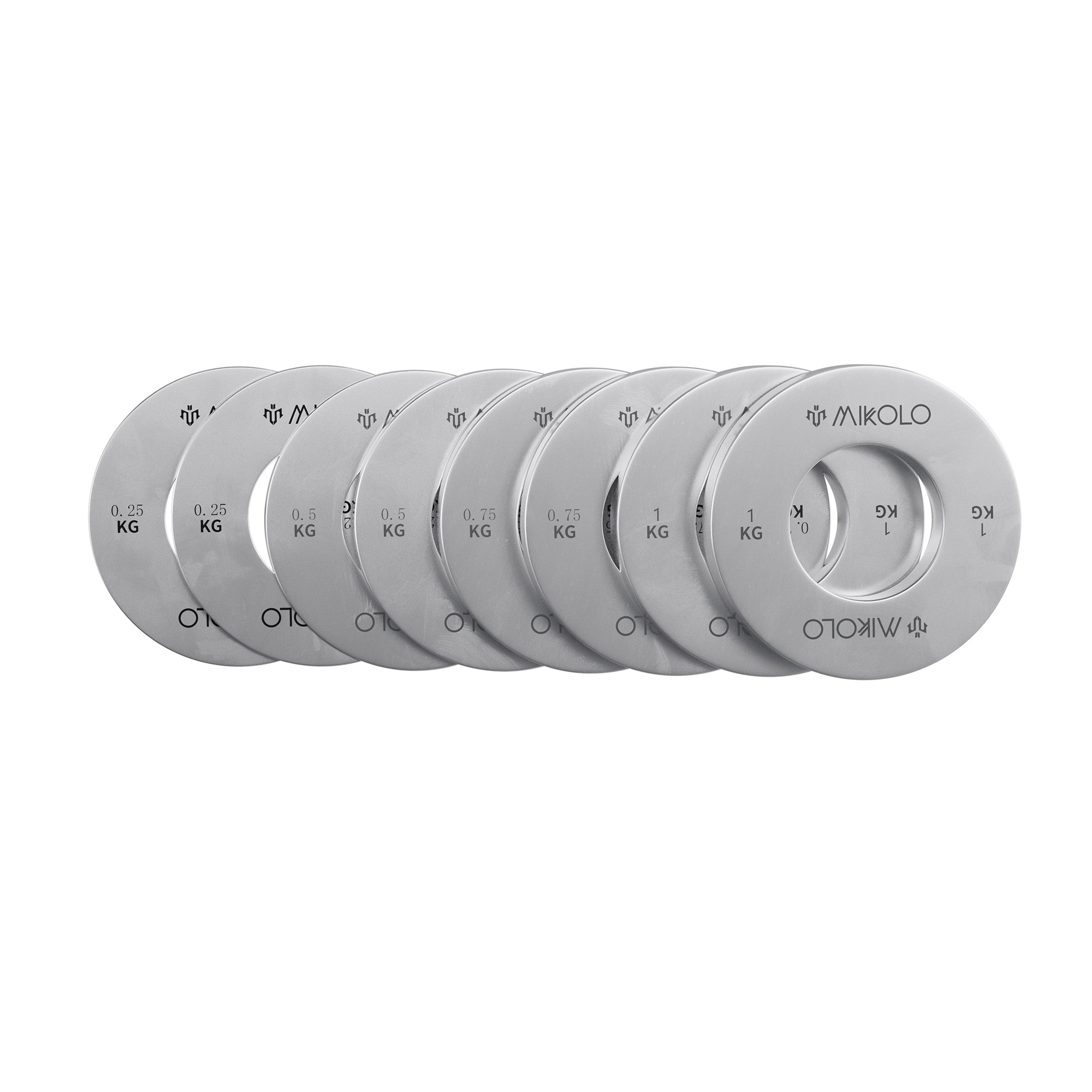
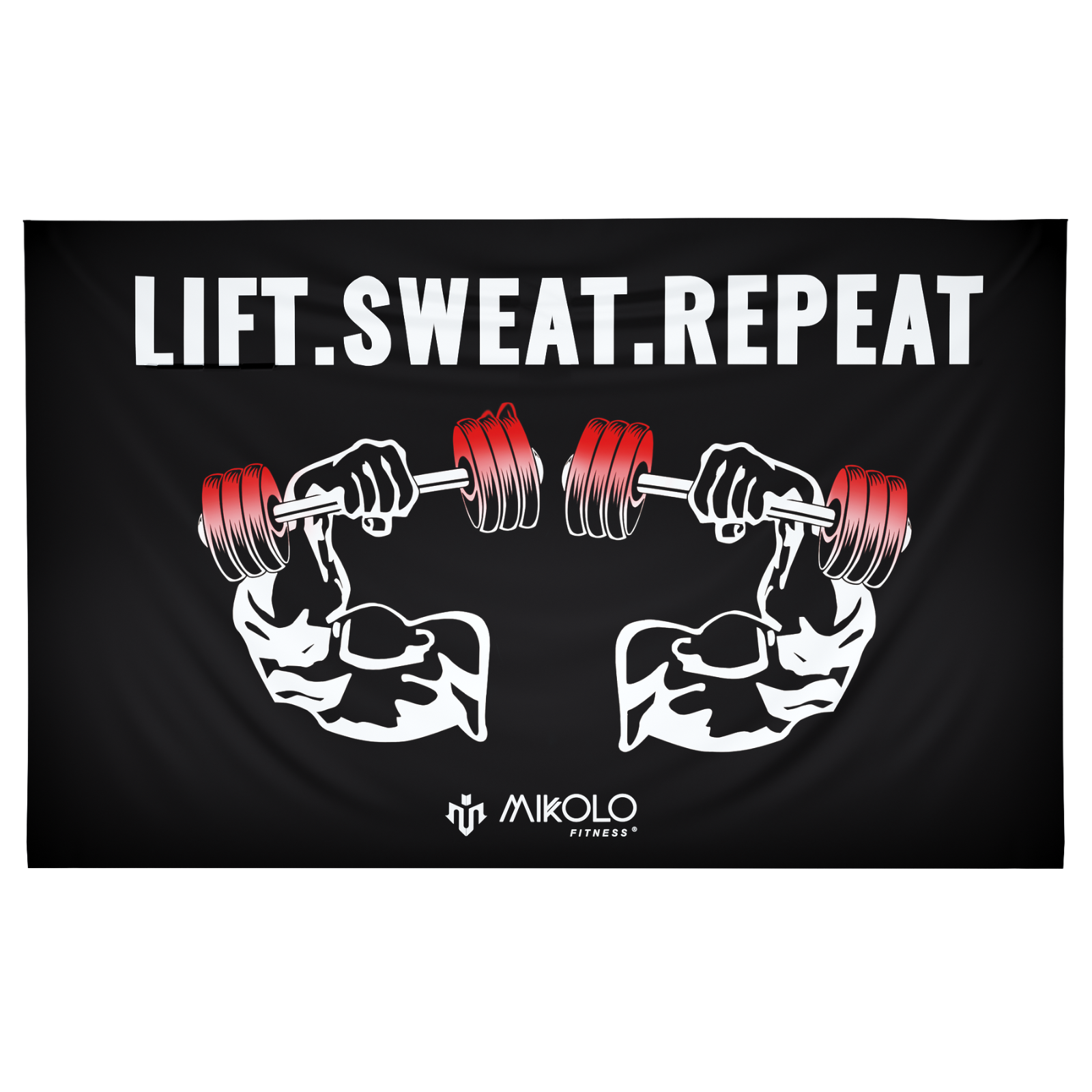
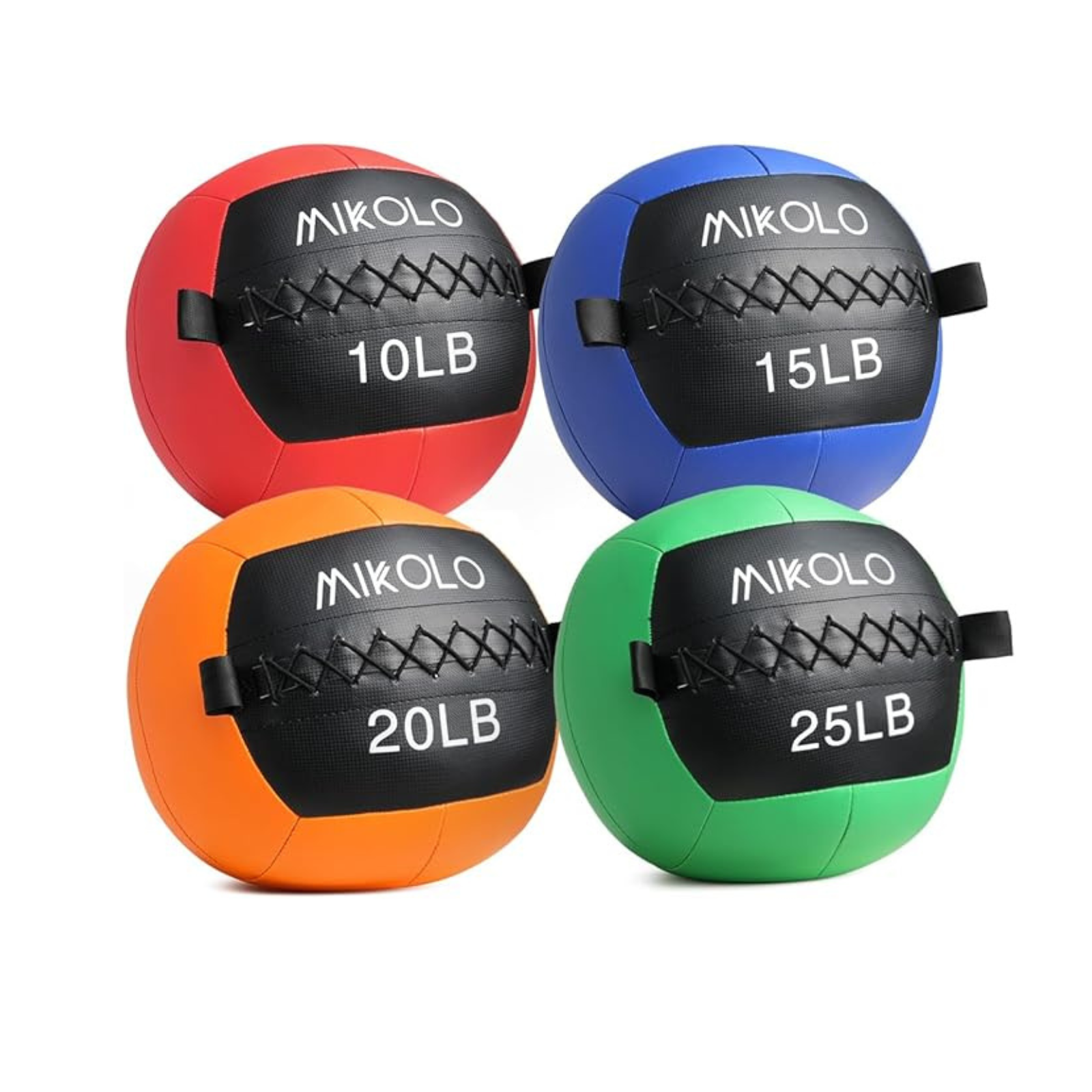
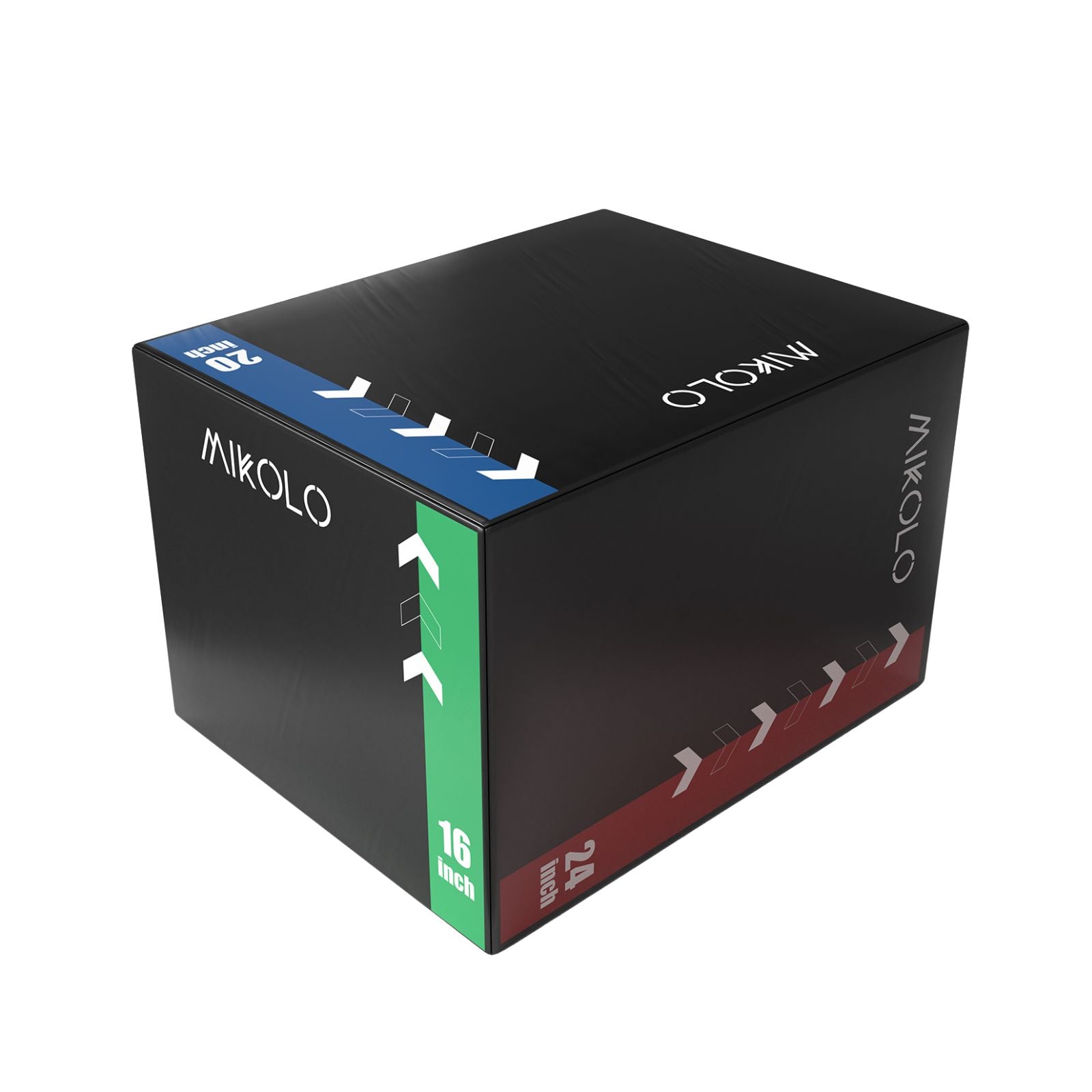

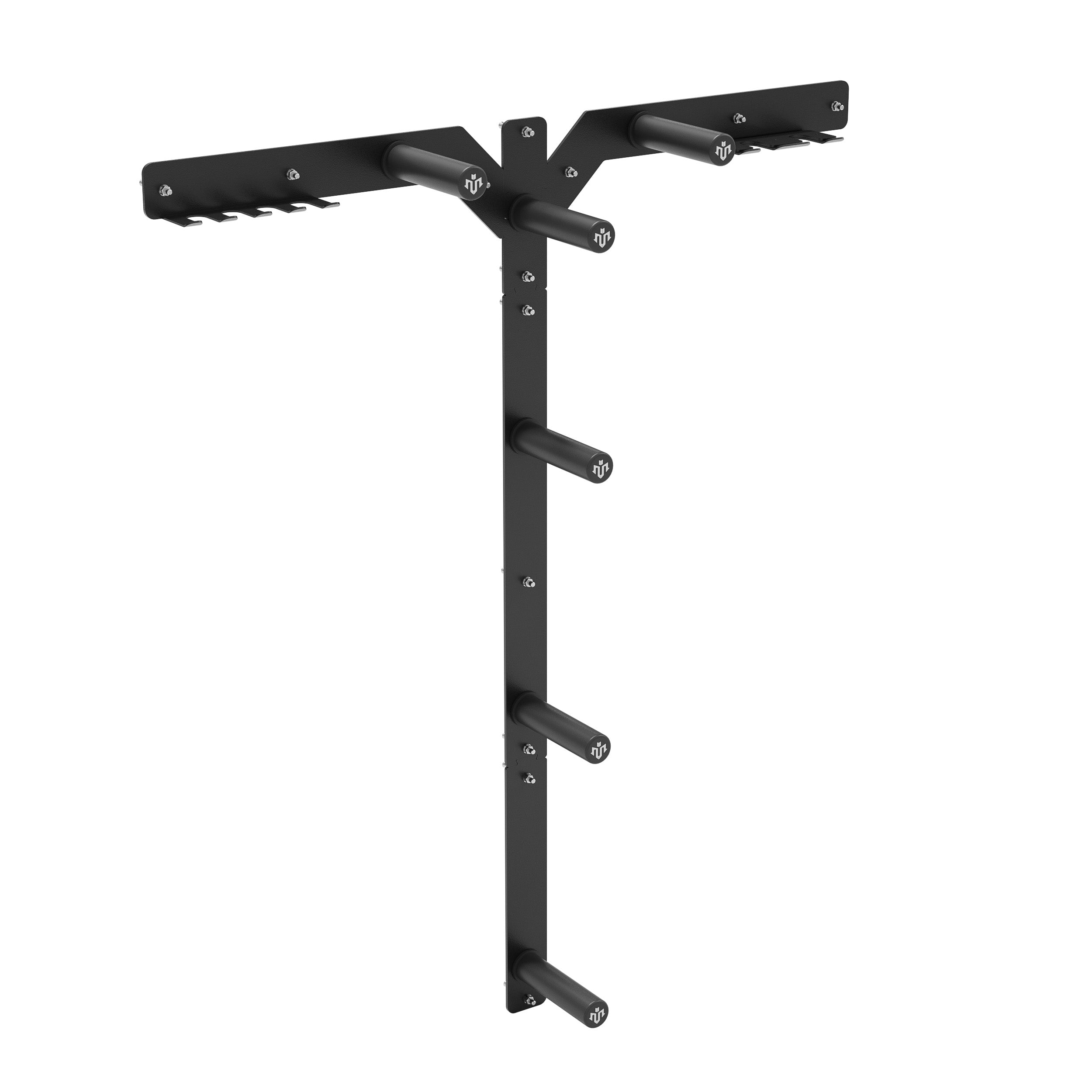




Leave a comment
This site is protected by hCaptcha and the hCaptcha Privacy Policy and Terms of Service apply.